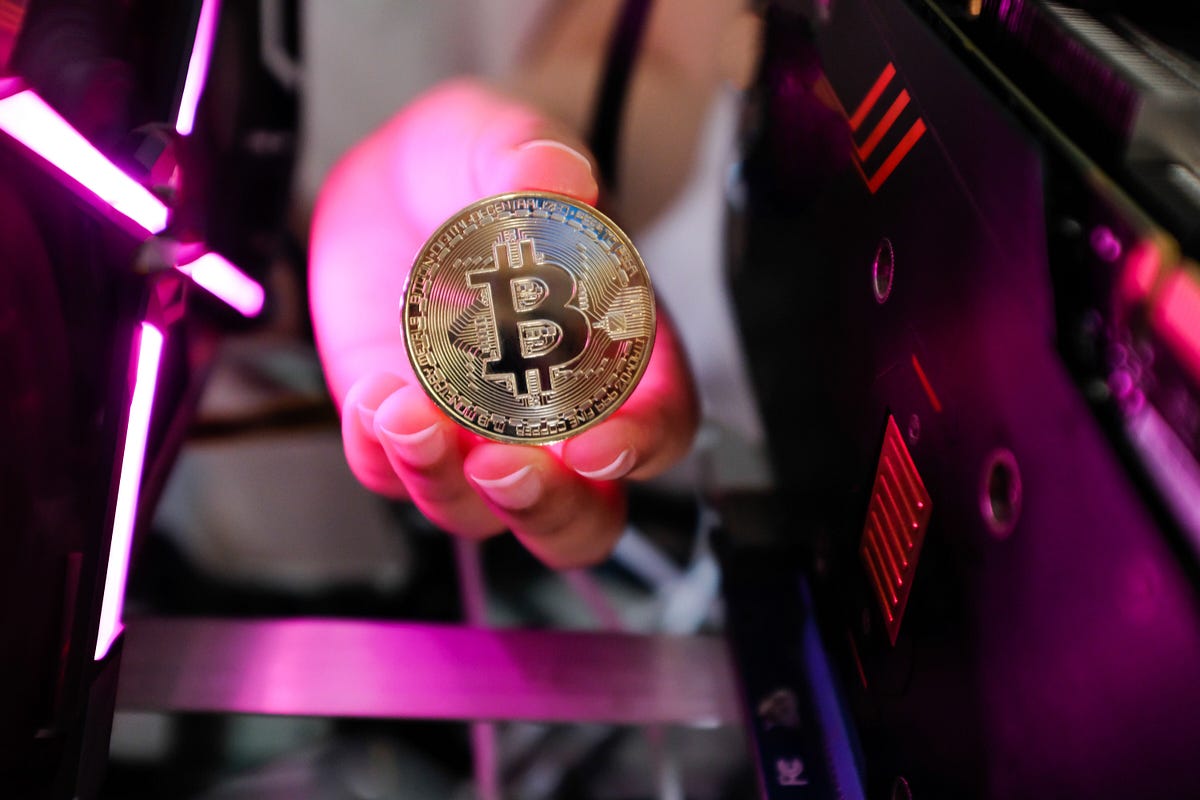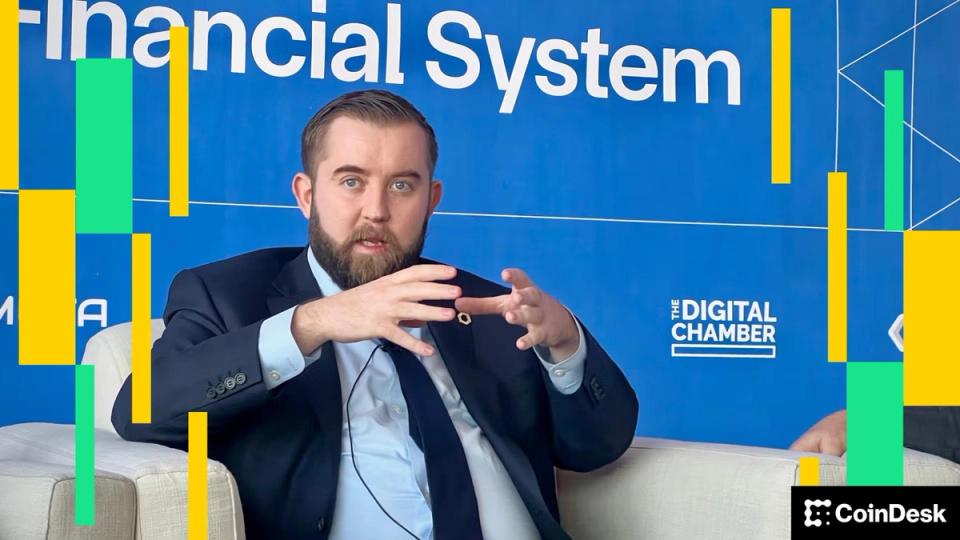Fortunately, we have solutions to solve this and improve the network.
Bitcoin’s global accessibility, in addition to the ability to easily turn on and off the ASIC miners used to secure its network, has made it popular for individuals and businesses of various sizes to mine BTC.
Since its launch in January 2009, its 99.99% uptime has made it the most reliable and secure blockchain. Yet it faces multiple challenges that must be overcome to maintain its dominance, security and decentralization, while constantly seeking to reduce its overall environmental footprint.
Let us begin.
While China was once responsible for up to 75% of the overall hashrate, its central government “banned” Bitcoin mining, causing many to move to the US or go underground.
As a result, the US now has the highest percentage of Bitcoin hashrate in the world. This is January 2022 CBECI data, so the current figures are different. I looked for updated numbers, but many sites claiming 2024 statistics use the same CBECI data included below.
Although it is relatively more transparent for countries to track mining activity in the US instead of China, one nation still has a large influence on the global hashrate. This is not ideal for Bitcoin, let alone any digital asset whereby mining or staking activities are managed by one or two countries (or entities).
It is one thing to be at the mercy of the sitting government influencing energy policy, but there is the more general problem of dealing with extreme weather events. For example, Texas reportedly accounts for 29% of Bitcoin mining in the US.
In January of this year, a persistent cold snap in the Lone Star State led to an unexpected (though temporary) drop of 34% in the Bitcoin hash rate.
Before I continue, yes, I understand that Texas’ hashrate share was not the only reason for this. However, as with prices for BTC, ETH and other digital assets, bad news tends to send the market into a panic, even if it is a one-off event or something that is expected to happen in the near future, e.g. Mt Gox Refunds.
Additionally, during energy shortages in the middle of summer or winter, electricity operators sometimes order Bitcoin miners to cease operations to provide greater network stability. Riot Platforms experienced this when it was reimbursed $31.7 million in energy credits by the Electric Reliability Council of Texas (ERCOT) to scale back operations during a heat wave last August.
Such events cause the need to spread Bitcoin mining, preferably across more countries worldwide.
The unfortunate truth is that most people who hold BTC could not care less about the network’s distribution, or the Bitcoin nodes around the world or the locations of mining operations.
For many, a robust, decentralized and censorship-resistant alternative to fiat currencies – including the USD – is hardly a consideration for many laymen who hold BTC.
According to a tweet from Elon Musk, there is even potential for it (or another digital asset) to be used as interplanetary money, but I digress.
*To CCAF’s knowledge, Germany and Ireland’s statistics are most likely overstated due to insufficient evidence to support these statistics. VPNs or proxy services most likely contributed to their relatively high percentages.
Until recently, Iceland was considered an attractive location for Bitcoin mining operations due to its abundance of renewable energy, which was historically used to power aluminum smelters.
Earlier this year, its prime minister, Katrín Jakobsdóttir, expressed concern about the potential clash between Bitcoin mining operations and the energy needs of its agricultural industry.
The nation imports far more food than it exports, so there is a compelling case for supporting more local agriculture for improved food security, which is becoming increasingly important amid rising global tensions.
So why am I discussing Iceland in this piece? Despite its small size – both in terms of its geography and population – it is the world’s highest Bitcoin hash rate producer and largest energy producer per capita.
This plays its role in the spread of Bitcoin mining, with the added benefit of being mostly powered by locally sourced renewable energy; 85% of the country’s electricity comes from renewable energy (65% geothermal and 20% hydro), helping to make its operations more environmentally sustainable.
While Bitcoin is expected to become increasingly important, especially in countries suffering from hyperinflation and poor governance, access to reliable energy and nutritious food takes precedence.
It is also difficult to justify the allocation of resources to energy-intensive Bitcoin mining farms in developing countries (for the sake of geographic hashrate distribution) when these nations do not yet have the appropriate infrastructure to meet basic energy requirements for their citizens.
Until this is resolved, these areas will not play a major role in powering Bitcoin’s network.
So, this energy-food dilemma affects everyone. Even Bitcoin’s most devoted believers cannot ignore this.
This is not a new problem as this phenomenon was well documented in other industries before Bitcoin existed. For example, earlier forms of biofuel production led to a water, food and energy trilemma.
We have found solutions to reduce carbon emissions from operational ASIC miners and large-scale Bitcoin farms – such as those deployed by publicly traded Bitcoin mining companies – by using as much renewable and nuclear energy as possible, innovative miner cooling methods and the utilization of waste heat, to name a few.
However, a major challenge remains – E-waste generated by outdated or broken ASIC miners.
I will admit that this problem is not exclusive to ASICs. All consumers and electronics manufacturers have the same problem in dealing with large quantities of problematic waste.
As I’ve covered before, this case doesn’t seem to interest enough people, at least not right now. If you want to learn more about this, I recommend the following article.
On a positive note, I came across a company based in Georgia that accepts used cryptocurrency miners for recycling or disposal (Litecoin, Dogecoin and Ethereum Classic are other blockchains that also use Proof-of-Work).
Whether it is economically feasible to extract valuable materials from used equipment depends on the following:
— local minimum wages — how viable it is to send e-waste to countries or regions with lower wages — the occupational health and safety rules in place (or lack thereof) — the procedures used to separate metals and various materials for reuse or recycling, ie how mechanized the process is.
Other countries capable of accommodating Bitcoin mining facilities should increase Bitcoin’s hashing power to the global mix.
One that stands out is my home country, Australia.
According to the CBECI map, Australia accounts for only 0.36% of the total hash rate, which is equal to its northern neighbor Indonesia and Brazil. Many smaller Southeast Asian countries, such as Malaysia, Singapore and Thailand, contribute much more to the hashing power than Australia.
This resource-rich country covers more than 7.7 million km2 (2.98 million sq mi) and has the massive potential to significantly increase its share of renewable energy production. Several zones Down Under are well equipped for solar (PV and thermal), wind and wave power. Hydroelectric power stations also contribute to the renewable energy mix.
Here once upon a time there was potential for nuclear power. Still, due to the political climate (especially recently), massive R&D and interest in renewable energy, and upfront costs and time frames, establishing nuclear power is an uphill battle.
All that being said, it’s a shame that, as a highly developed country, it hasn’t done enough to boost the network’s decentralization. Hopefully that will change in the coming years, but I’m not convinced.
Disclaimer for Uncirculars, with a Touch of Personality:
While we love diving into the exciting world of crypto here at Uncirculars, remember that this post, and all our content, is purely for your information and exploration. Think of it as your crypto compass, pointing you in the right direction to do your own research and make informed decisions.
No legal, tax, investment, or financial advice should be inferred from these pixels. We’re not fortune tellers or stockbrokers, just passionate crypto enthusiasts sharing our knowledge.
And just like that rollercoaster ride in your favorite DeFi protocol, past performance isn’t a guarantee of future thrills. The value of crypto assets can be as unpredictable as a moon landing, so buckle up and do your due diligence before taking the plunge.
Ultimately, any crypto adventure you embark on is yours alone. We’re just happy to be your crypto companion, cheering you on from the sidelines (and maybe sharing some snacks along the way). So research, explore, and remember, with a little knowledge and a lot of curiosity, you can navigate the crypto cosmos like a pro!
UnCirculars – Cutting through the noise, delivering unbiased crypto news







